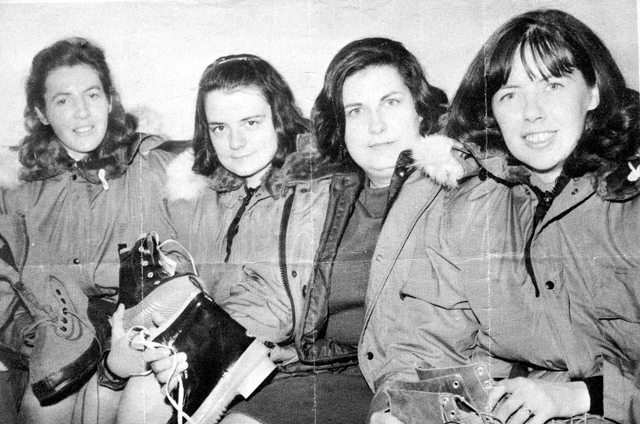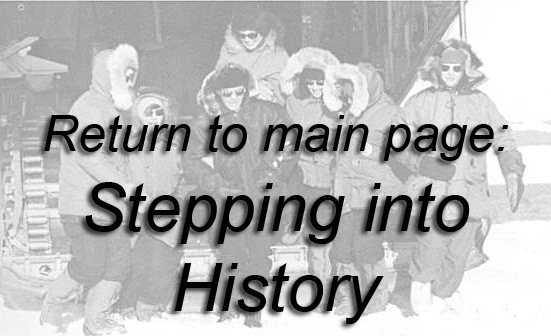Breaking the IceFirst U.S. female scientists enter Antarctic history in 1969Posted November 13, 2009
Terry Tickhill Terrell was a 19-year-old undergraduate student at The Ohio State University She walked into the then-Institute of Polar Studies at the university and announced that she wanted to go to Antarctica. Silent stares greeted her announcement. That was 1969. The year of Woodstock and Neil Armstrong taking the first steps on the moon. But women didn’t go to Antarctica. All that was about to change. Now retired from a scientific career in the U.S. Fish and Wildlife Service and National Park Service “But I certainly knew about the barrier for women in just about everything else in society, that’s for sure,” says Terrell, a tall, vigorous woman of 59 who moved to the rural community of Masonville along Colorado’s Front Range about two years ago. It was a “return to the farm” for the Ohio native, who had never traveled farther than 250 miles from home before joining three other women from Ohio State on a scientific expedition to the McMurdo Dry Valleys Colin Bull, director of the Institute of Polar Studies at the time (now the Byrd Polar Research Center Time and time again, the U.S. Navy refused, protecting what many still referred to as the “last bastion of male supremacy.” Bull still has his own pointed opinions on the whole matter. “The Navy refused adamantly. They wouldn’t even contemplate the possibility. I couldn’t see any reason at all for this,” he says from his home on Bainbridge Island, off Puget Sound in Washington State. “It was really utterly stupid, the whole thing, but we managed to bust it.” A Short HistoryThe history of women in Antarctica before 1969 is brief but colorful. In 1935, Caroline Mikkelsen, wife of a Norwegian whaling captain, became the first known woman to set foot on the continent, when she and her husband went briefly ashore near the present location of Australia’s Davis Station. Another dozen years would pass before any women would return to Antarctica. Famed Norwegian-American polar explorer Finn Ronne led a private expedition to the Ice in 1947. Harry Darlington served as his aviation chief. The wives of both men, Edith Ronne and Jennie Darlington, were originally only supposed to accompany the expedition as far as Valparaiso, Chile, the last port before Antarctica. At the last minute, the mercurial Ronne decided Edith should stay with the ship to continue her series of news reports for the North American Newspaper Alliance. Jennie Darlington was asked to come along, too. The two women ended up spending a year on the Ice, though relations between the Ronnes and Darlingtons deteriorated over the months. In her memoir of the experience, “My Antarctic Honeymoon,” Jennie Darlington wrote, “Taking everything into consideration, I do not think women belong in Antarctica.” It seemed most agreed with that sentiment for the next couple of decades. A Russian marine geologist named Marie V. Klenova did make it ashore in 1956 while working aboard Soviet icebreakers at the start of the IGY. Chicago-based biologist Mary Alice McWhinnie gained a reputation as one of the world’s premiere Antarctic scientists in the 1960s, also working from the deck of ship. In 1974, her patience would pay off when she served as the first female chief scientist at McMurdo Station. She would also become one of the first two women to winter at McMurdo — with 128 men. |



For USAP Participants |
For The Public |
For Researchers and EducatorsContact UsU.S. National Science FoundationOffice of Polar Programs Geosciences Directorate 2415 Eisenhower Avenue, Suite W7100 Alexandria, VA 22314 Sign up for the NSF Office of Polar Programs newsletter and events. Feedback Form |



